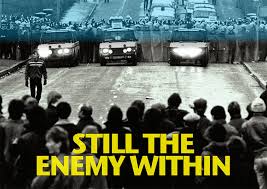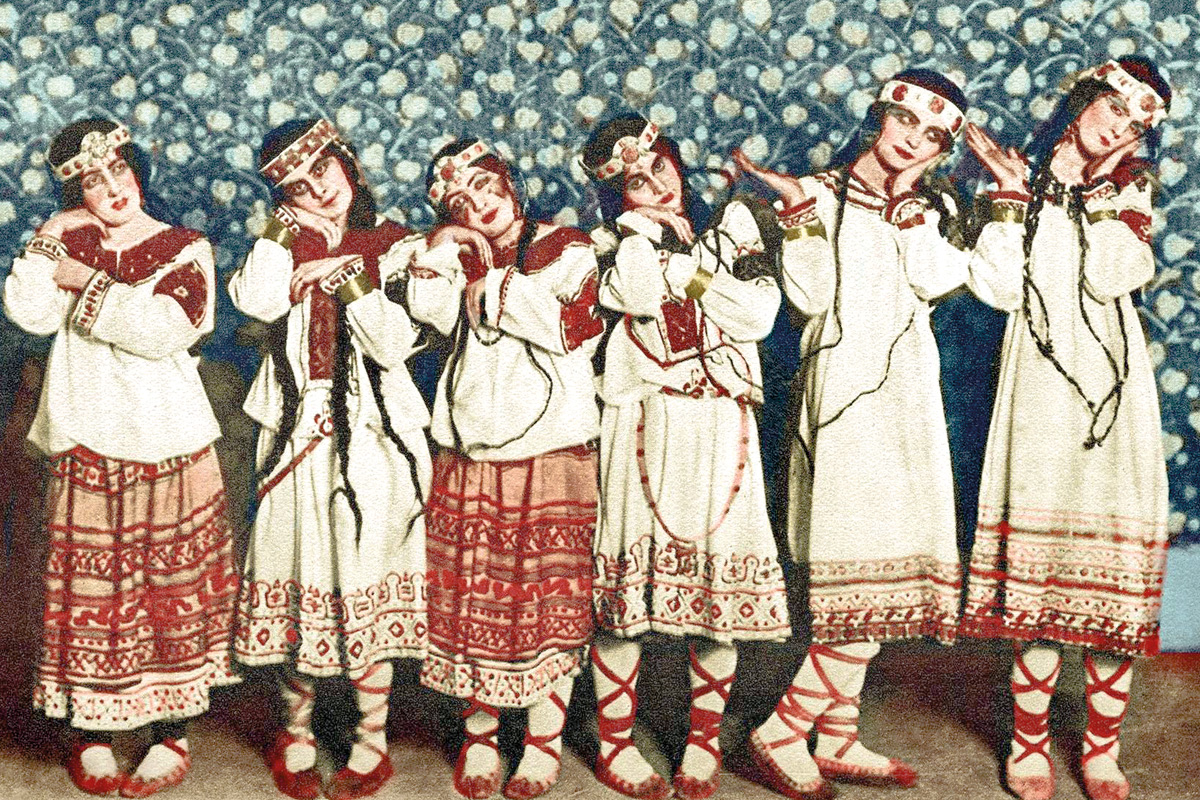On the eve of the 2014 Durham Miners’ Gala, we publish here a review by John Dunn – from the Justice for Mineworkers campaign – of a new documentary, Still the Enemy Within, which demonstrates the emotions and events involved during the Great Miners’ Strike of 1984/85.
For 30 years I, like most of my fellow miners, have lived with the hurt, anger and sheer joy of the memories of the momentous year of the Great Miners’ Strike 1984/85. Now the makers of a documentary, ‘Still the Enemy Within’, have encapsulated, brilliantly, everything that the strike meant to me and all involved at that time and over the 30 years since.
Told in the words of actual participants, just ordinary miners who wanted to protect their jobs, industry and communities, this is an extraordinary and brilliant telling of the realities of that struggle.
No typical middle class media patronisation of the kind that has accompanied almost every attempt to ‘interpret’ what the strike meant, this film just tells it like it was and still is.
Starting with actual NCB adverts from the 70s for a career in ‘modern mining’ showing miners skiing, surfing, playing squash and enjoying exotic locations with bikini clad babes (yes they actually made those adverts) it soon switches to reality with a former striker on the site of a now closed mine, now one of the numerous ‘country parks’ that have ensured that any evidence of our once noble industry has been destroyed and blowtorched from existence and left buried hundreds of yards underground.
Conditions determine consciousness
All the participants tell of their changing moods throughout the strike. The joy and elation of participating in a noble struggle, turning to anger at the brutality of the police, then to frustration at the sell out of the Labour and Trade Union leaderships and finally to despair as the strike ended. Every one of them is in tears as they remember the awful realisation of defeat.
But through it all, their humour, unique to pitmen, shines through. These are not men sulking in defeat, they are proud of what they fought for and all would do it again, despite the terrible hardships they eloquently describe. One of them, having seen his marriage break up and losing his home handed in his notice rather than return to work defeated but still insists it was a worthy cause.
They talk with gratitude of the tremendous support received from rank and file trade unionists and ordinary people throughout Britain in numerous Miners Support Groups and the solidarity shown by fellow workers, such as railwaymen, who refused to move coal.
Special mention is given to striking Nottinghamshire miners, in a minority, who stood solidly behind their union, against overwhelming odds.
The Battle of Orgreave
Using graphic footage showing the reality of the police riot of Orgreave, together with interviews, the film recalls how the entire state machine was used to try to crush the NUM and the with it came the growing understanding amongst strikers that Thatcher and her government would stop at nothing to ensure victory and that this was naked class war of the most brutal kind.
Showing how whole communities stood shoulder to shoulder against such brutality, with mounted cavalry charges down ordinary village streets, the strength of ordinary working class people shines like a beacon of hope and inspiration. To see tee shirted young men throwing themselves into battle against heavily armed police is awe inspiring to this day, even to someone who was part of it. The role of women, fighting, picketing and campaigning alongside the colliers is shown in all its magnificence.
Shaken, moved, and exhilarated
I have to admit, at times I was overcome by emotion, gut wrenching memories spoken from other mouths matched mine entirely. Shaken, moved and exhilarated I found it compelling viewing.
The incredible thing about this film is that it is made by people who were either babies or toddlers at the time of the strike, proving that a new generation is still interested in the realities of the strike beyond the usual Scargill versus Thatcher media claptrap.
The makers put no analysis or comment of their own, instead the film simply, through the words of those involved, makes its’ message clear, we miners could have won and Britain would now be a different and a better place for it.
Thanks must go out to the makers, if ever a film is a must see this is it.
This, most definitely, is not a film about old men full of nostalgia and emotions, the lessons are as relevant today as they were 30 years ago. The fight must go on.
See it for yourselves, when given the chance. Every university Marxist Society, community association and trade union branch should book this film once it is on general release. You will be shaken, stirred but above all inspired.






